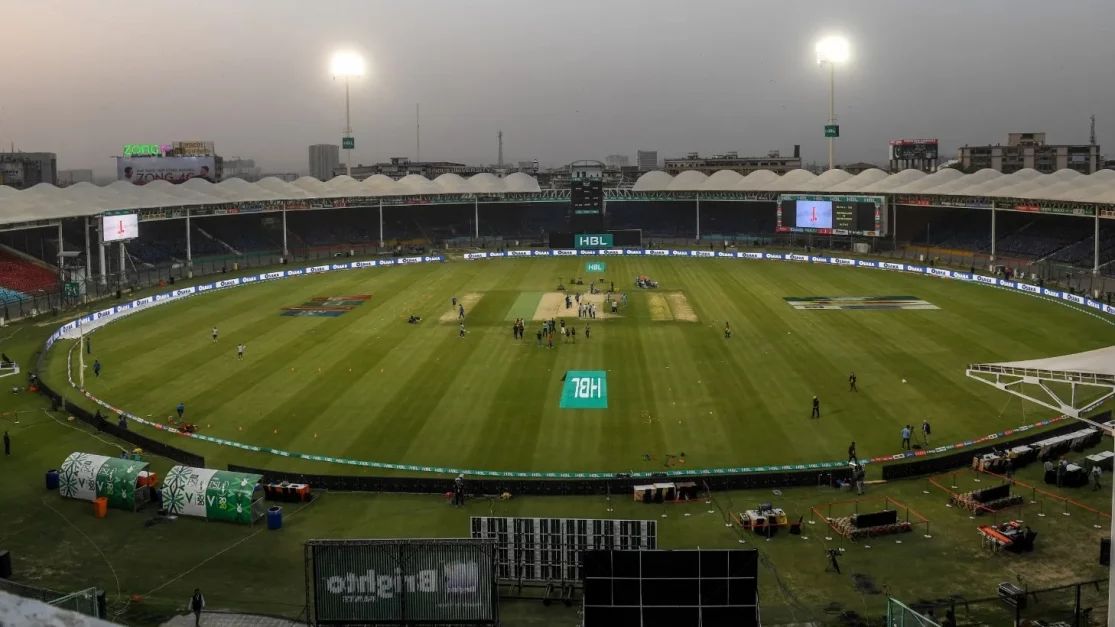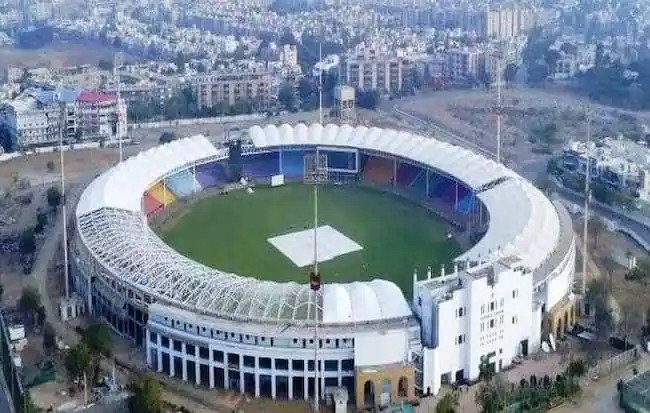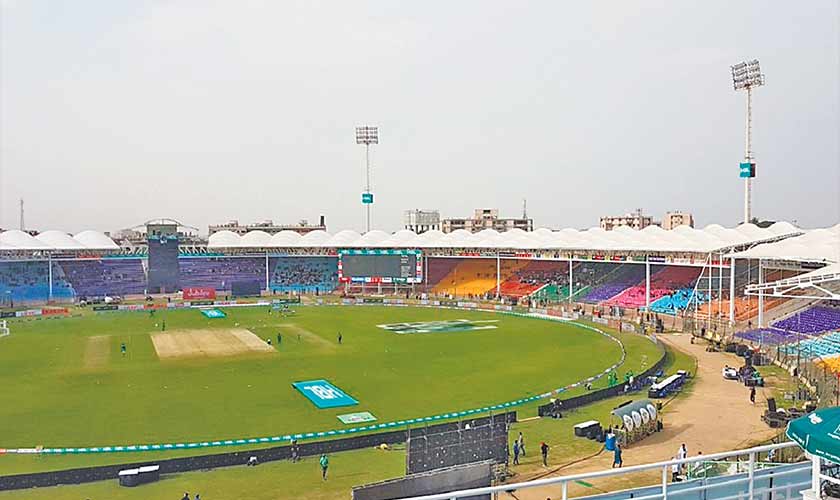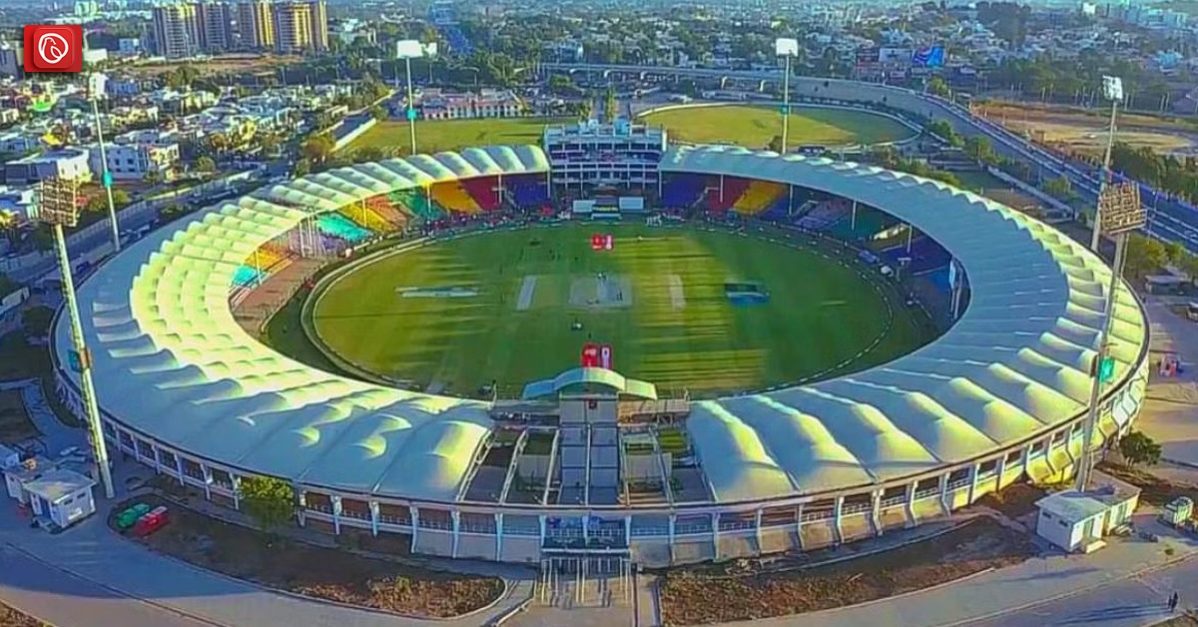The National Stadium Karachi is one of the most historic cricket grounds in Pakistan. Located in the heart of Karachi, the stadium has witnessed some of the most memorable cricketing moments in the country’s history.
From hosting international cricket matches to being a hub of domestic cricket, the National Stadium Karachi is a symbol of Pakistan’s cricketing heritage. In this blog, Graana.com will take a closer look at the history and significance of the National Stadium Karachi.
History of National Stadium Karachi

The National Stadium Karachi, originally known as Karachi Stadium, was constructed in 1955 to serve as a multi-purpose sports complex. It was initially constructed as a football ground, and the first football match was played between Pakistan and Iran in 1956. However, the growing popularity of cricket in the country led to the stadium being quickly converted into a cricket ground.
Over the years, the National Stadium Karachi has undergone several renovations and expansions to increase its capacity and improve its facilities.
In 1969, the stadium underwent its first major renovation, which included the installation of floodlights. This allowed the stadium to host day-night matches, making it one of the first cricket grounds in the world to do so.
In 1984, the stadium underwent another major renovation, the construction of a new pavilion and a media centre. The seating capacity was also increased from 20,000 to 34,228. In 2006, the stadium underwent yet another renovation, which included the installation of new floodlights and the construction of a new members’ enclosure.
The stadium has hosted several iconic cricket matches over the years, including the 1987 World Cup final and the 2008 Asia Cup final. It has also been a hub of domestic cricket in Pakistan, hosting several domestic tournaments, including the Quaid-e-Azam Trophy and the Pakistan Super League (PSL).
In recent years, there have been plans to renovate and modernise the stadium. The Pakistan Cricket Board has announced plans to renovate the stadium, which includes increasing its seating capacity to 50,000 and installing state-of-the-art facilities.
Significance of the National Stadium Karachi

The National Stadium Karachi is one of the top ten cricket grounds in Pakistan, with a rich history and a legacy of hosting some of the country’s most iconic cricket matches. Here are some of the key aspects of the stadium’s importance.
Host of International Matches
The National Stadium Karachi has been a host to several international cricket matches over the years, including Test matches, One-Day Internationals (ODIs), and Twenty20 Internationals (T20Is). The first international cricket match played at the stadium was in 1958, between Pakistan and the West Indies.
Since then, the stadium has hosted several iconic matches, including the 1987 World Cup final between Australia and England and the 2008 Asia Cup final between India and Sri Lanka. The stadium has also hosted matches during the 1987 and 1996 Cricket World Cups.
Hub of Domestic Cricket
The stadium hosts several domestic tournaments, including the Quaid-e-Azam Trophy, the Pakistan Super League (PSL), and the National T20 Cup. These tournaments provide a platform for domestic players to showcase their skills and compete at a national level.
Historic Moments
The National Stadium Karachi has witnessed several historic moments in Pakistan’s cricketing history. One of the most memorable moments was in 1986, when Javed Miandad hit a last-ball six to win the Austral-Asia Cup final against India.
This moment is still remembered as one of the greatest moments in cricketing history. The stadium has also seen several individual performances by Pakistani cricketing legends, including Hanif Mohammad, Imran Khan, Wasim Akram, and Waqar Younis.
Iconic Architecture
The National Stadium Karachi is not just significant for its cricketing legacy but also for its architecture. Designed by Yahya Merchant, the stadium is an example of modernist architecture in the country. The stadium’s unique oval shape and its distinctive red-brick exterior have become iconic symbols of the city of Karachi.
Facilities at the National Stadium Karachi

Here are some of the facilities provided at the National Stadium Karachi:
- A seating capacity of 34,228, which was increased from 20,000 during a major renovation in 1984.
- Floodlights that allow day-night matches to be hosted.
- A dedicated members’ enclosure providing exclusive seating and dining facilities for members.
- A modern media centre providing facilities for journalists and broadcasters covering cricket matches.
- A modern scoreboard which displays the score, the number of overs bowled, and other key statistics.
- A large parking area accommodating several hundred vehicles.
- Several food and beverage stalls offering a range of snacks, drinks, and meals to spectators.
- Merchandise stalls which sell cricket-related souvenirs and merchandise.
- A medical room and trained medical staff on standby during matches to provide first aid and medical assistance to spectators.
- Several accessible seating areas and facilities for spectators with disabilities.
- Modern CCTV system and trained security personnel to ensure the safety of spectators and players.
- Wi-Fi network, allowing spectators to stay connected and share their experiences during matches.
- Several VIP lounges and boxes, which offer luxurious seating and dining facilities for VIP guests.
- Several practice facilities, including nets and practice pitches, which are used by players during training sessions.
Future Plans for the National Stadium Karachi

The National Stadium Karachi has undergone several renovations and expansions over the years, and there are plans for further upgrades to ensure that it remains a world-class cricketing venue. Here are some of the key future plans for the stadium:
Expansion of Seating Capacity
One of the primary goals for the National Stadium Karachi is to increase its seating capacity to accommodate more spectators.
The stadium is currently capable of seating over 34,000 people, but there are plans to expand the capacity to around 50,000. This would make the stadium one of the largest cricket grounds in Pakistan and allow it to host even more significant matches.
Upgrades to Infrastructure
In addition to increasing the seating capacity, the stadium also plans to upgrade its infrastructure to provide a better experience for spectators and players. This may include improvements to the scoreboard, floodlights, and audio-visual systems, as well as upgrades to the food and beverage facilities, parking areas, and accessibility features.
Development of Practice Facilities
The National Stadium Karachi is already home to several practice facilities, but there are plans to further develop these facilities to provide even more support to players. This may include the installation of more practice pitches, training areas, and gym facilities.
The authorities aim to provide players with access to world-class facilities that enable them to train and prepare at the highest level. The National Stadium Karachi is a symbol of Pakistan’s cricketing heritage and has played a vital role in the development of cricket in the country.
The stadium has witnessed some of the most memorable cricket matches in the country’s history and is a source of pride for cricket fans in Pakistan. For more information on similar blogs such as a guide to Gaddafi stadium Lahore, visit Graana.com.




